Sometimes, life knocks the courage right out of us—whether through heartbreak, career setbacks, or just the slow erosion of confidence that comes from playing it safe for too long. While many seek solutions through books or therapy, environmental psychology suggests that specific places can actually rekindle our bravery through both their symbolic power and the tangible challenges they present.
When your courage needs rebuilding, the physical world offers remarkable settings that can help. Here is a list of 14 destinations that naturally restore bravery through their unique combinations of history, natural elements, and psychological impact.
Tower Edge Walks
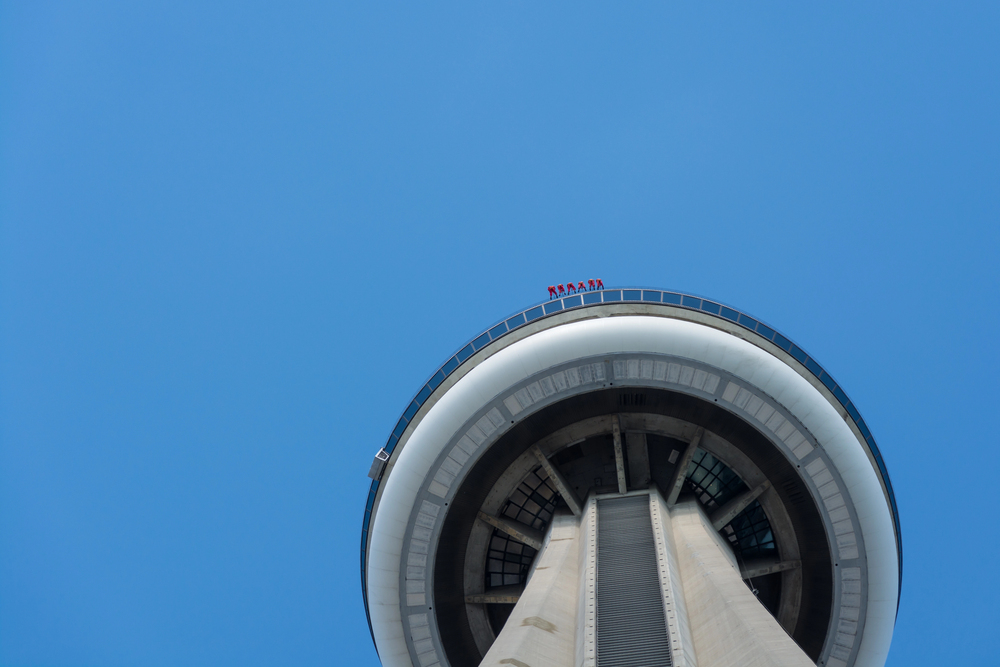
Urban edge experiences like Toronto’s CN Tower EdgeWalk create the perfect environment for confronting fear while actually being completely safe. Participants walk on a 5-foot wide ledge circling the tower’s main pod—1,168 feet above ground—while attached to overhead safety rails that eliminate actual danger.
Your brain registers genuine height and exposure while your rational mind knows you’re secure, creating ideal conditions for separating fear from threat. The rush of completing this challenge provides immediate evidence contradicting that nagging voice saying you’ve lost your nerve.
Forest Fire Lookouts
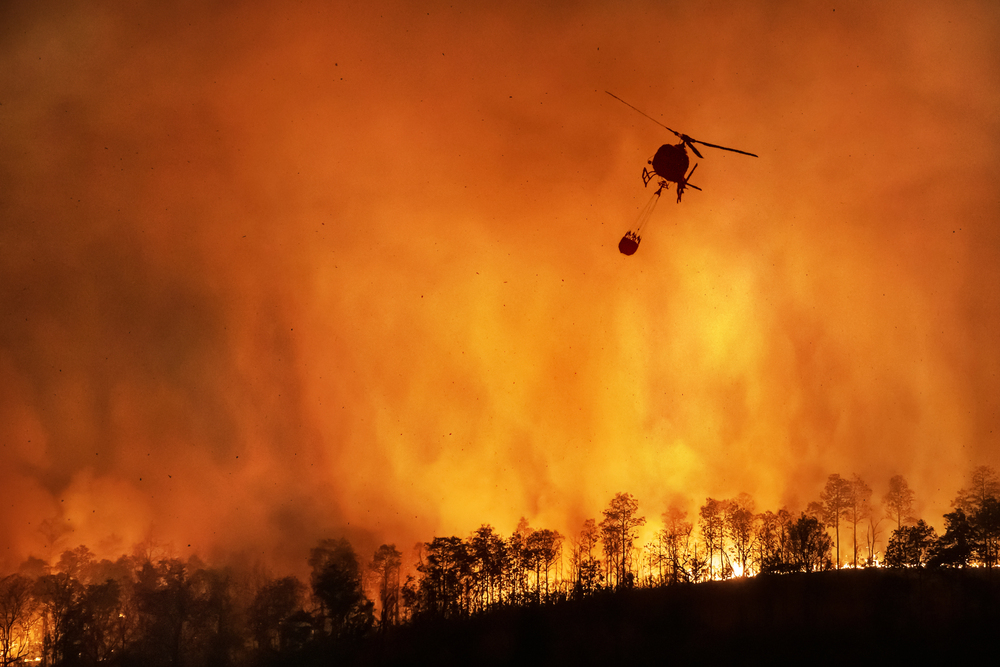
Scattered through national forests across North America, decommissioned fire lookout towers available for overnight rental offer physical and mental isolation that builds self-reliance. Reaching these remote structures often requires miles of hiking with all your supplies, creating a natural progression of small, brave choices.
Once there, the solitude and exposure to elements—particularly wind and thunderstorms—create visceral experiences of vulnerability managed through preparation rather than avoidance. The historical legacy of fire spotters maintaining vigilance alone for months connects visitors to enduring traditions of steadfastness.
Like Travel Pug’s content? Follow us on MSN.
Abandoned Mining Towns
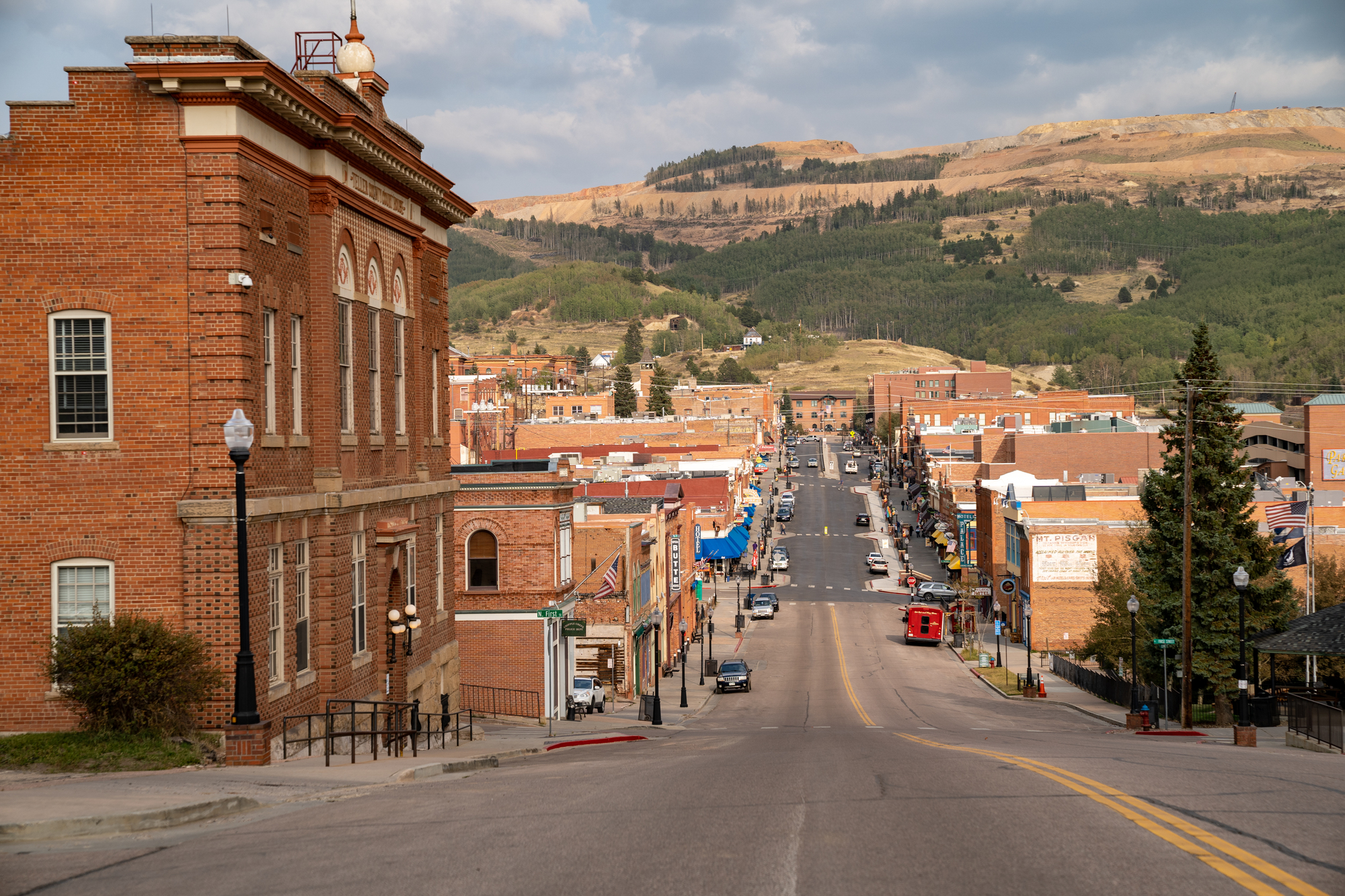
Ghost towns like Bodie, California, or Kennecott, Alaska, preserve moments where human ambition confronted harsh realities—sometimes succeeding, failing spectacularly. Walking these weathered streets makes visible both human courage and its limitations through preserved structures slowly reclaimed by natural elements.
The tangible remains of others who risked everything pursuing better futures create a perspective on contemporary challenges that might seem overwhelming. Remote locations require physical journeys that mirror the psychological distances traveled when rebuilding lost courage.
Living Memorial Trees
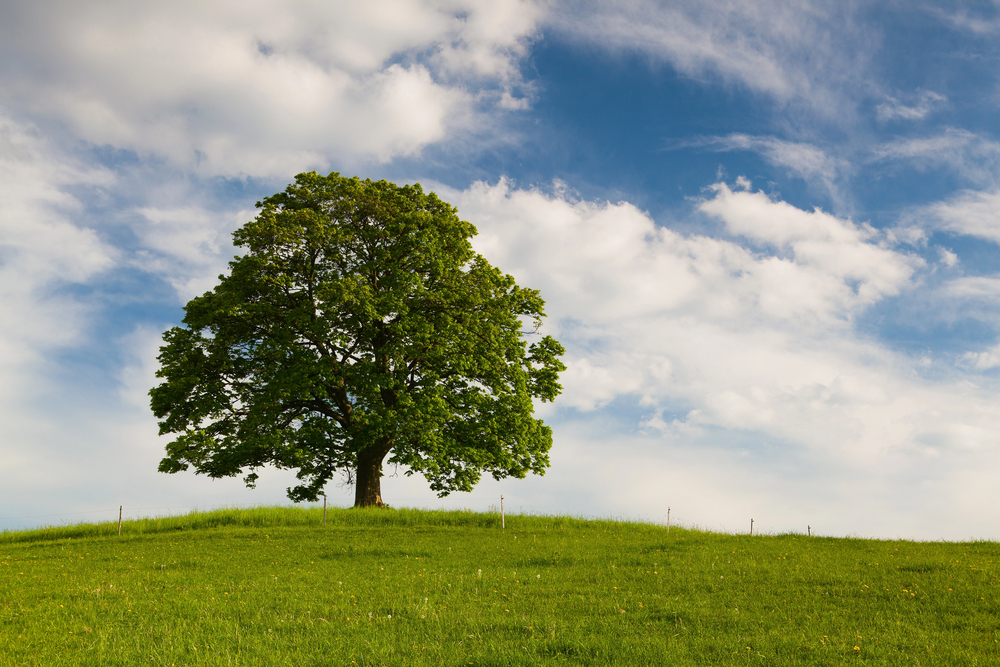
Specific trees documented to have survived catastrophic events yet regenerated—like the 9/11 Survivor Tree at Ground Zero or Hiroshima’s resilient ginkgo trees—offer powerful botanical metaphors for human resilience. Standing beside living organisms that endured what seemed unsurvivable creates tangible hope, unlike any inspirational quote.
These silent survivors demonstrate nature’s remarkable capacity to heal after devastation, offering visitors physical evidence of regeneration after trauma that resonates deeply when personal courage needs rebuilding.
Seaside Lighthouses
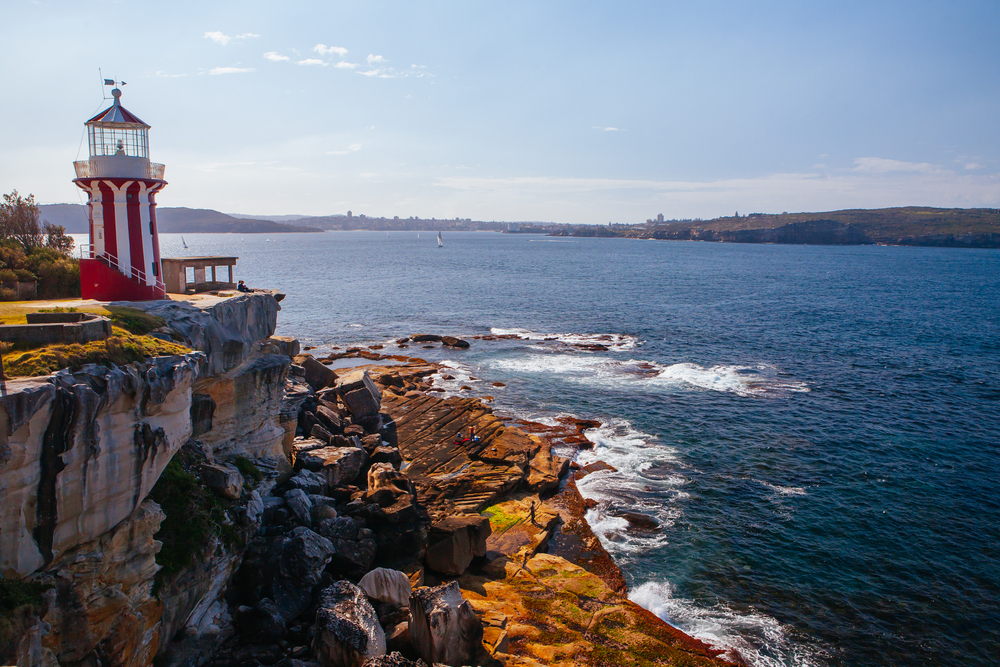
Remote lighthouses like Maine’s Pemaquid Point or Oregon’s Heceta Head create environments where humans have maintained beacons despite isolation and extreme conditions. These structures represent centuries of commitment to helping others navigate danger, embodying courage as service rather than personal achievement.
Their physical position at the land’s end naturally creates a perspective on human significance and insignificance simultaneously. The constant sensory experience of wind, waves, and changing light connects visitors to forces larger than individual concerns or temporary setbacks.
Like Travel Pug’s content? Follow us on MSN.
Ancient Performance Spaces
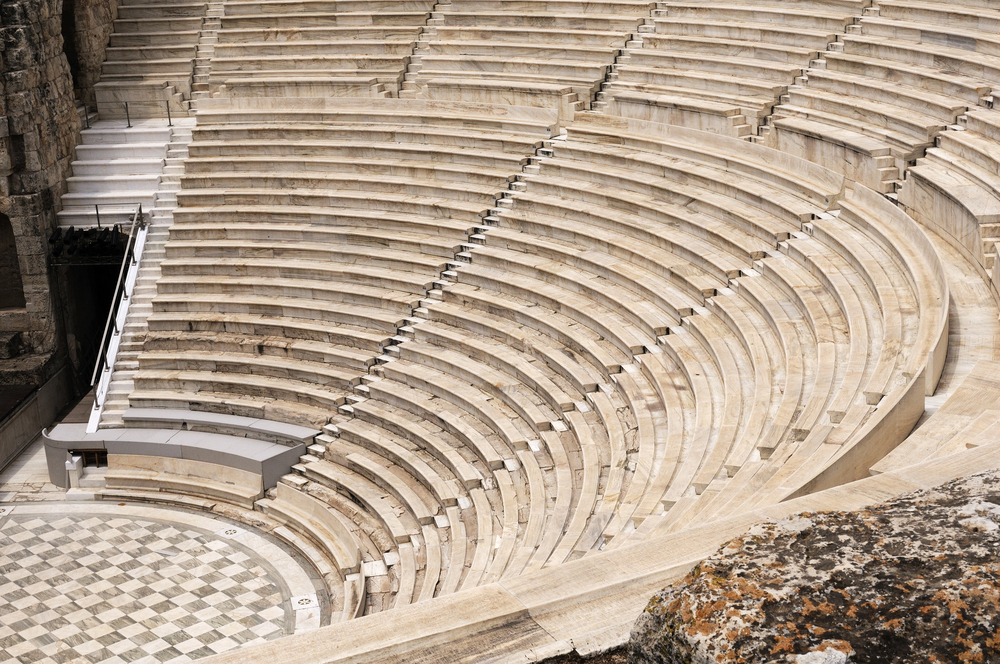
Open-air theaters like the Greek Theater of Epidaurus or Italy’s Arena di Verona provide spaces where public speaking—consistently ranked among our greatest fears—has occurred for millennia. Standing where countless others have summoned the courage to perform creates an immediate connection to enduring human traditions of brave expression.
The remarkable acoustic properties of these spaces, often allowing whispers to carry throughout, remind us that small, brave actions reach farther than we imagine. The preserved audience seating makes visible the communal nature of courage witnessed and supported by others.
Mountain Pilgrimage Routes

Ancient pilgrimage paths like Japan’s Kumano Kodo or Spain’s Camino de Santiago combine physical challenge with spiritual significance across multiple faith traditions. These journeys typically involve challenging terrain, unpredictable weather, and communion with fellow travelers from diverse backgrounds.
The established traditions connect contemporary visitors to centuries of human persistence toward meaningful goals despite physical discomfort. The achievement of reaching significant waypoints provides natural metaphors for overcoming other obstacles through determination rather than fearlessness.
Battlefield Quiet Corners
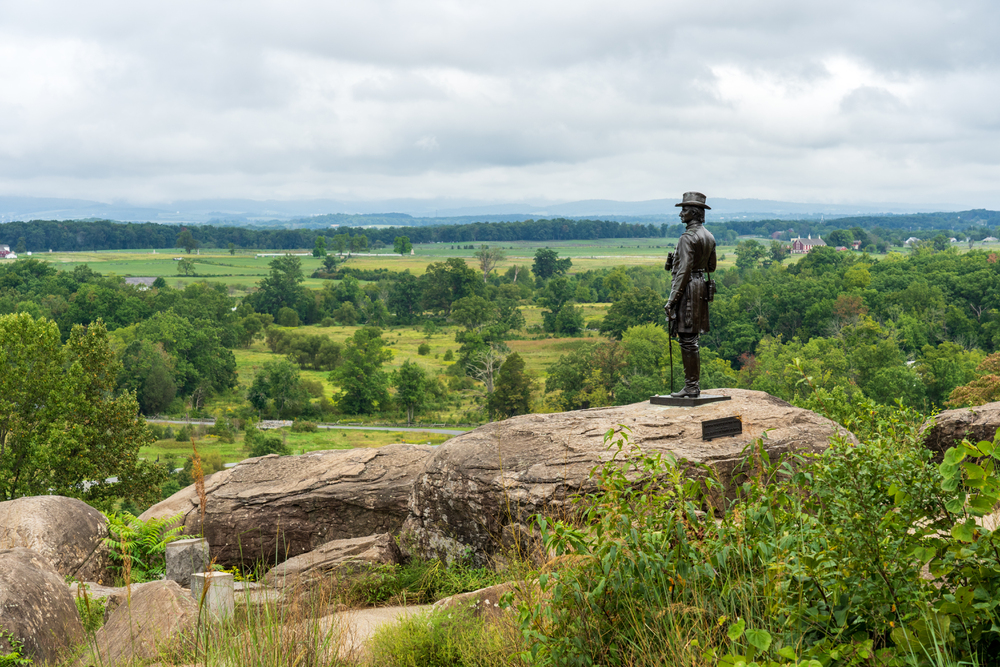
Lesser-visited sections of historic battlefields like Gettysburg’s Little Round Top or Normandy’s Pointe du Hoc provide environments for contemplating ordinary courage under extraordinary circumstances. These locations document specific moments where individuals faced extreme fear yet acted according to deeper values.
Standing where consequential choices were made creates a natural reflection on the personal capacity for difficult decisions. The preservation of these sites specifically for remembrance creates space for integrating personal challenges within broader human experiences of courage.
Like Travel Pug’s content? Follow us on MSN.
Ancient Settlements
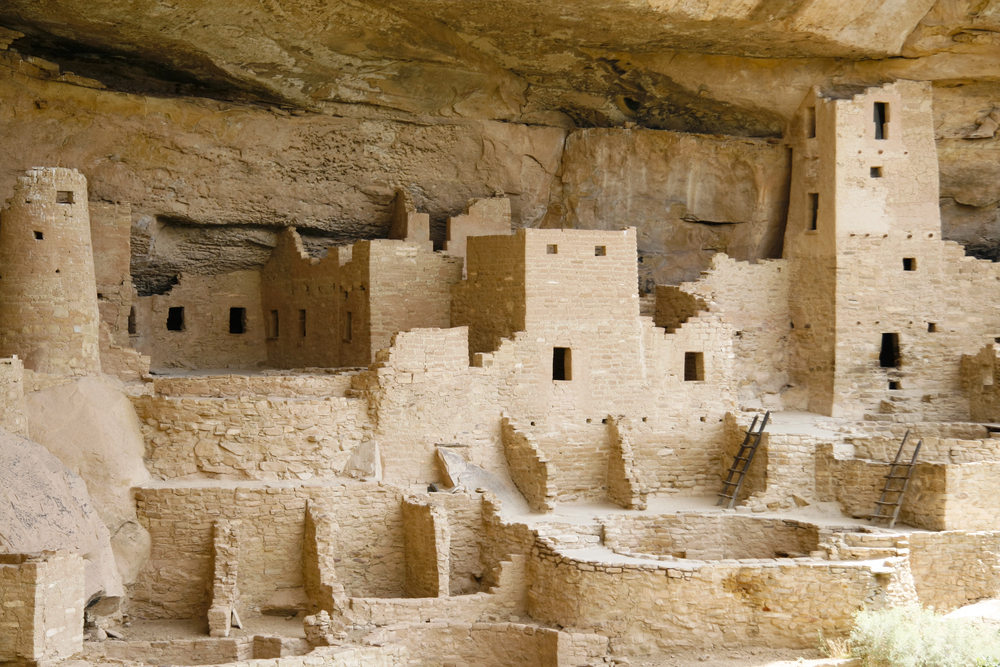
Archaeological sites of earliest human habitation, like Mesa Verde dwellings or Ireland’s Skara Brae, showcase human adaptation to challenging environments with minimal technology. These locations make visible the fundamental courage required for communities to establish themselves in unfamiliar territories.
The physical structures—often ingeniously designed for protection and sustainability—demonstrate practical problem-solving rather than fearlessness. The remote locations require modern visitors to undertake journeys that echo ancestral passages, creating natural connections to inherited resilience.
Day Hiking Challenges

Well-maintained trails with moderate difficulty, like New Zealand’s Roy’s Peak or Norway’s Preikestolen, create natural progressions of small, brave choices leading to significant achievement. These hikes combine enough challenge to require concentration with enough accessibility to build confidence rather than overwhelm.
The experience of navigating terrain independently develops practical self-reliance applicable to non-wilderness challenges. The expansive views typically found at destination points provide a natural perspective on individual concerns within much larger contexts.
Working Waterfronts

Active fishing harbors like Massachusetts’ Gloucester or Maine’s Stonington provide environments where daily courage in facing natural forces remains visible in contemporary life. These settings combine maritime tradition with current economic reality in ways that highlight courage as a practical necessity rather than an abstract virtue.
The physical proximity to vessels that regularly navigate dangerous conditions creates opportunities for conversation with those who manage fear as an occupational requirement. The constant motion of working waterfront—loading, unloading, mending, preparing—connects visitors to fundamental human ventures requiring courage.
Like Travel Pug’s content? Follow us on MSN.
Guided Cave Systems
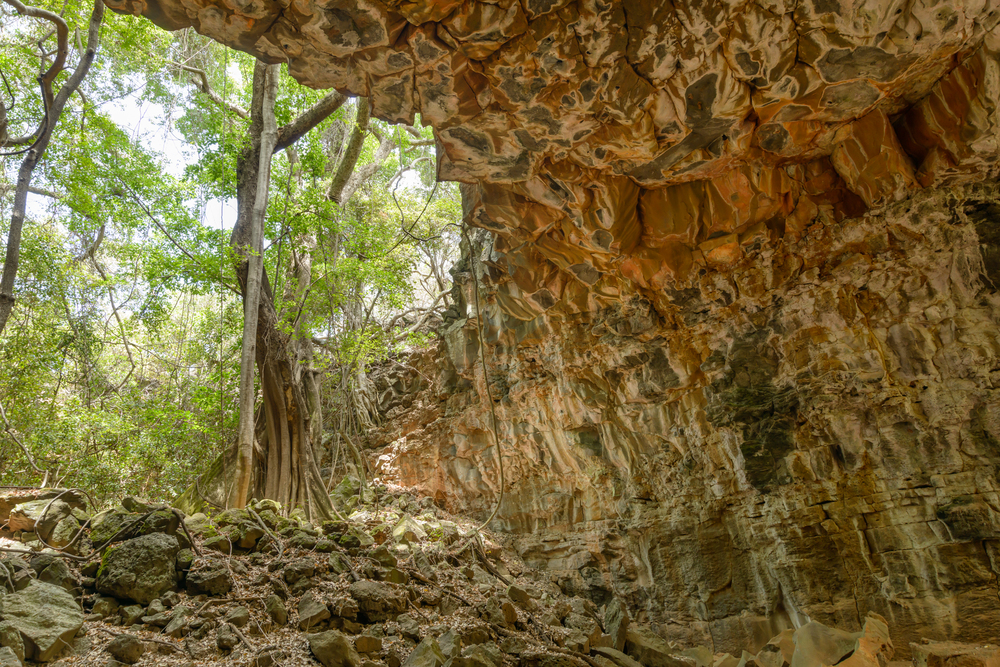
Developed cave tours like Kentucky’s Mammoth Cave or New Zealand’s Waitomo Glowworm Caves provide controlled experiences of moving through darkness with limited visibility. These environments naturally evoke primal fears while providing structured support through established pathways and knowledgeable guides.
The physical experience of adjusting to darkness demonstrates adaptability applicable to other situations requiring patience with uncertainty. The geological time scale visible in cave formation provides an immediate perspective on temporary human challenges.
Heritage Farms

Agricultural properties maintaining traditional practices like Ireland’s Muckross Traditional Farms or Colonial Williamsburg’s working farm create environments where visitors engage with fundamental skills largely abandoned in contemporary life. These settings combine physical challenge with practical achievement visible in completed tasks and harvested crops.
Intergenerational knowledge preservation connects visitors to traditions of steady work rather than dramatic action as foundations of courage. The seasonal nature of agricultural work provides frameworks for understanding courage as commitment through changing conditions rather than momentary bravery.
Cultural Crossroads

Historic trading centers like Morocco’s Fez Medina or Istanbul’s Grand Bazaar have functioned for centuries as places where different cultures meet for exchange despite potential conflicts. These environments combine sensory stimulation with opportunities for minor social courage through cross-cultural interaction and negotiation.
The ancient traditions of these markets connect visitors to enduring human practices of reaching across differences despite uncertainty. Navigating unfamiliar customs and communication creates achievable challenges that build social confidence applicable to professional and personal situations requiring interpersonal courage.
Like Travel Pug’s content? Follow us on MSN.
The Courage Equation
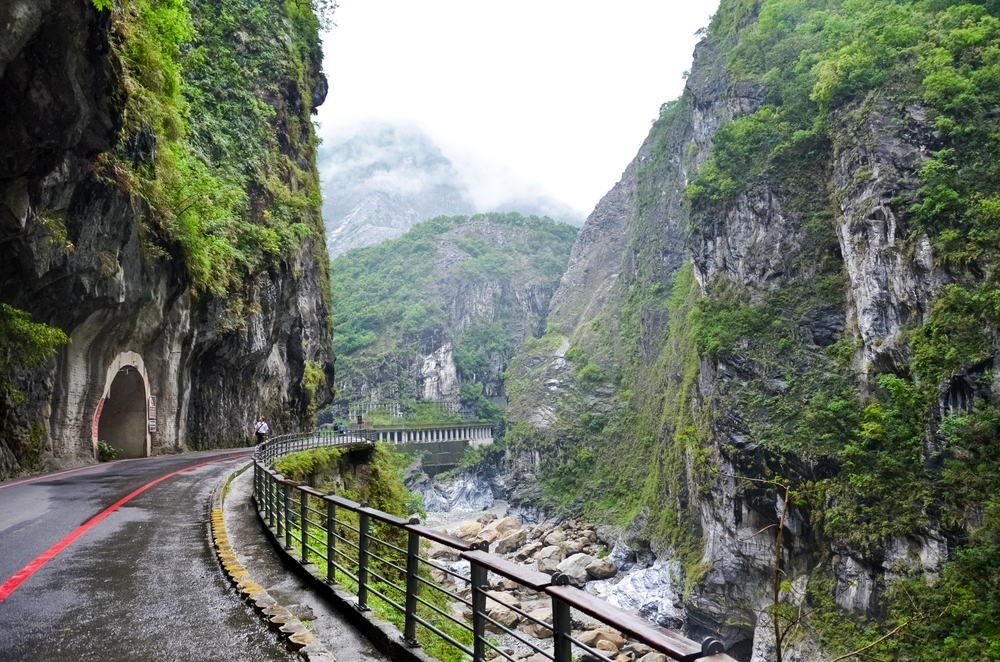
The most effective courage-building destinations blend physical challenges with meaningful context, providing both immediate confidence boosts and lasting metaphors for facing other difficulties. While reading about bravery might intellectually inspire, physically moving through spaces designed for or historically associated with courage creates an embodied understanding that remains accessible during future challenges.
The specific place that will best rebuild your particular courage depends on whether you need to confront physical fear, social anxiety, or existential uncertainty—but somewhere in the world, that perfect, brave place is waiting.
More from Travel Pug

- Cities Growing so Fast You Won’t Recognize Them in 10 Years
- 13 Destinations Where Tourists Regularly Regret Their Trip
- 20 Obscure WWII Sites Even History Buffs Don’t Know About
- 10 Under-the-Radar Mountain Towns That Are Both Affordable and Beautiful
- Remote Villages in Europe Where You Can Live for Free in Exchange for Work
Like Travel Pug’s content? Follow us on MSN.
